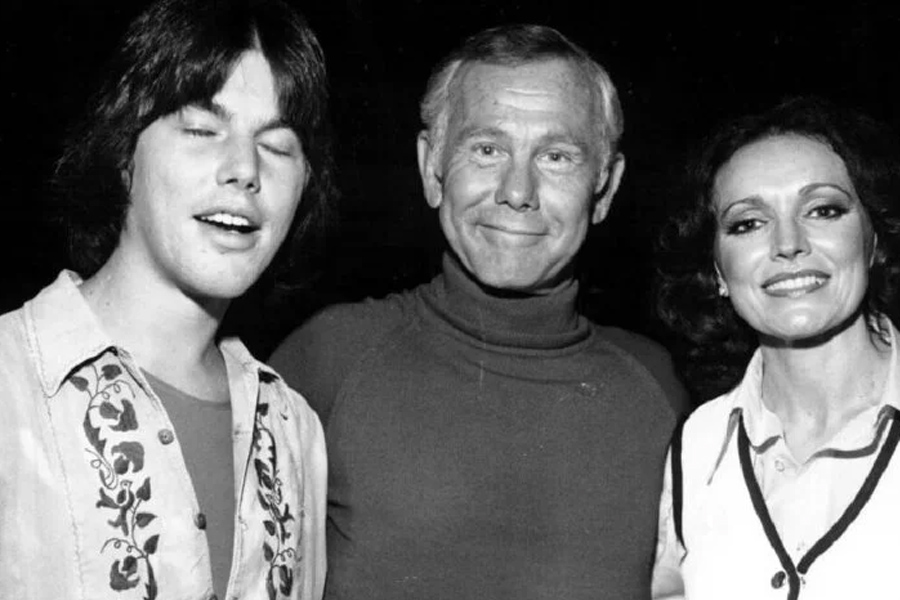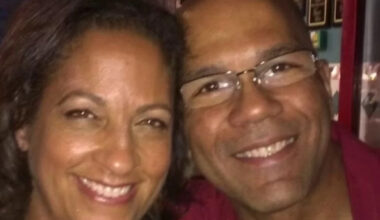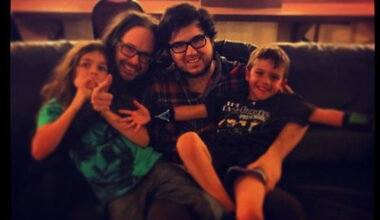Basic Information
| Field | Detail |
|---|---|
| Full name | Richard Wolcott Carson |
| Also known as | Rick Carson |
| Born | June 18, 1952 |
| Died | June 21, 1991 |
| Primary pursuits | Photography, occasional television production work |
| Parents | Johnny Carson (father), Joan “Jody” Wolcott (mother) |
| Siblings | Christopher (Chris) Carson; Cory Carson |
| Net worth | No reliable public record; not publicly documented |
| Notable public moment | Death in a coastal vehicle accident; some of his photographic work shown publicly afterward |
I come at this subject like a film editor — cutting between light and shadow, family portrait and single-frame photograph. Richard Wolcott Carson, called Rick by those who knew him, is a figure most people encounter as a quiet name in the margins of celebrity: the middle son of a very public father, a man who preferred a camera to a microphone. The basic dates anchor the story: born June 18, 1952; died June 21, 1991 — three days after his 39th birthday. Those numbers feel like beats in a score: 1952, 39, 1991 — short, emphatic measures that shape the arc of the life we remember.
Family Background — introductions, one table at a time
Family is where the film pans wide. Below I list the core family members and a short introduction for each — think of this as the cast list before the scene begins.
| Name | Relation | Intro |
|---|---|---|
| Johnny Carson (John William Carson) | Father | The late-night icon (1925–2005), whose public life cast a long, sometimes blinding light over his family’s private moments. |
| Joan “Jody” Wolcott | Mother | Johnny’s first wife and the matriarch of the three sons — a private presence behind the very public Carson name. |
| Christopher (“Chris”) Carson | Older brother | The eldest of the three boys; historically a private figure who stayed largely out of tabloid view. |
| Richard Wolcott (“Rick”) Carson | Subject | The middle son, a photographer by inclination whose work and untimely death became part of the family narrative. |
| Cory Carson | Younger brother | The youngest sibling, also keeping a low public profile and listed as one of Rick’s brothers. |
If you like metaphors, consider the Carsons as a classic movie set: Johnny as marquee headliner, the sons as supporting actors whose scenes seldom made the posters but were essential to the subplot. I find myself drawn to Rick because he occupies that in-between light — neither center stage nor fully anonymous.
Career and creative life — frames of a photographer
Rick is described in contemporaneous accounts as someone who loved photography — the literal capturing of light and shadow. The detail that often repeats is practical and cinematic: camera equipment was found at the scene of his fatal accident, and later, some of his photographs were shown publicly. Think of it as an artist’s residue, the tangible proof that he was practicing a craft. The public record names photography as his most visible interest; other reports place him in occasional production roles and reference earlier service in the Navy — discrete facts that suggest a life with chapters, not a single line.
Numbers that matter here: dozens of photographs (as referenced in showings), one public eulogizing moment on television when family and work briefly intersected in the public eye, and — for the math-inclined — 39 years lived, a lifespan that both compresses and multiplies the small decisions that led to a life’s work.
The 1991 accident and its public aftermath
June 21, 1991 — a date that anchors the most reported moment of Rick’s life. The accident, described at the time in wire and local reporting, became the pivot around which family statements, television mentions, and public curiosity gravitated. In the days that followed, Johnny Carson returned to public life and — in a rare, sharply human moment — shared elements of his son’s work with an audience that knew him better than it knew his family. It’s a reminder that grief, like a photograph, can be composed into a public image that leaves out as much as it shows.
The aftermath produced two lasting impressions: one, a set of photographs that moved from private to public view; and two, a pattern that repeats in celebrity families — an intense public spotlight on a private tragedy.
Public mentions, memory, and social echoes
Rick’s presence after 1991 lives mostly in two places: archival news reports and user-curated memorials. The first is media — the immediate news cycle that covered the accident and its circumstances — and the second is memory: genealogy pages, memorial sites, and retrospectives that repackage those facts into narratives. In cultural terms, Rick is a silhouette in the Johnny Carson story — essential to a fuller picture, though the frame remains centered on a father whose career dominated American television for decades.
Numbers here are modest but telling: the single 1991 event produced multiple contemporary articles, at least one public airing of his photographs, and a steady trickle of references across memorial and pop-culture retrospectives thereafter.
FAQ
Who was Richard Wolcott Carson?
Richard Wolcott Carson — Rick — was the middle son of TV host Johnny Carson, born June 18, 1952, and known for his interest in photography.
Who are his immediate family members?
His immediate family includes his father Johnny Carson, his mother Joan “Jody” Wolcott, and his brothers Christopher (Chris) and Cory.
What did he do for a living?
He pursued photography and had some involvement in television production roles; his photography is the most frequently noted part of his public identity.
How did he die?
He died in a coastal vehicle accident on June 21, 1991, and the event was widely reported at the time.
Did he have a spouse or children?
Public records and mainstream obituaries do not list a spouse or children for Rick, and reputable sources do not document survivors in that sense.
What was his net worth?
There is no reliable public record documenting Richard Wolcott Carson’s personal net worth.



